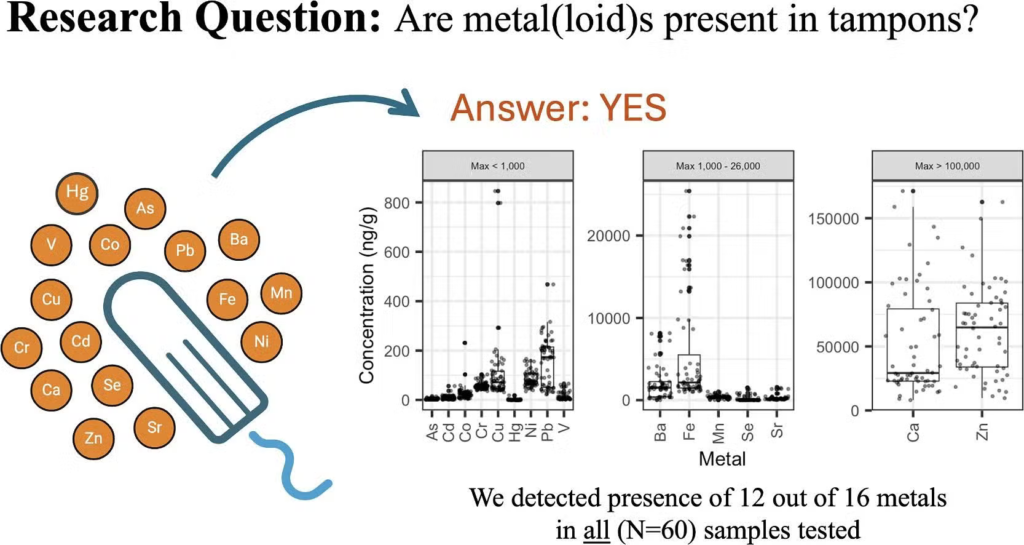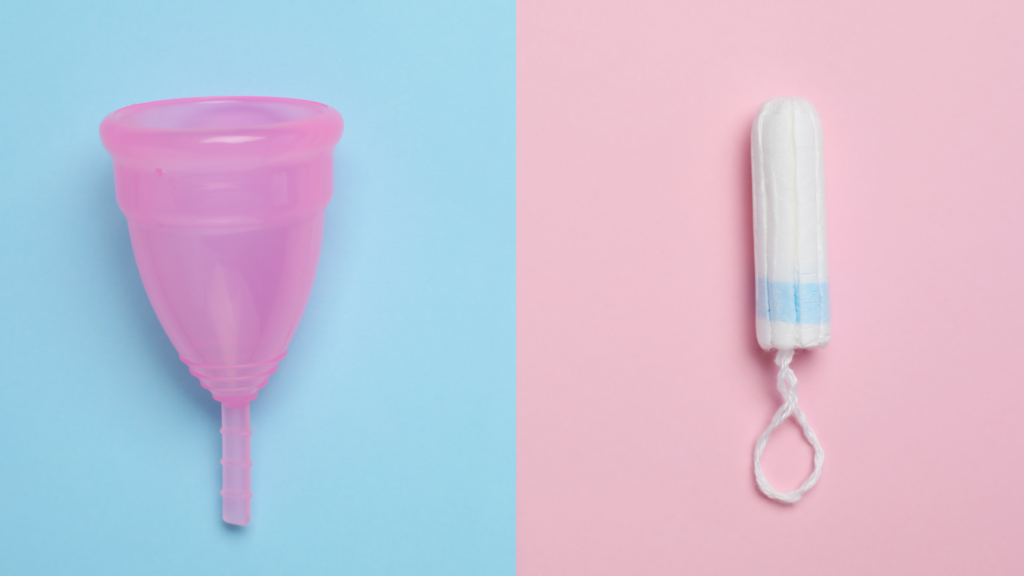
Understanding Metals in Tampons: What You Should Know
| August 9, 2024Tampons are a widely used menstrual hygiene product, known for their convenience and discretion.
However, recent discussions have raised concerns about the materials used in tampons, particularly the presence of metals.
This guide aims to shed light on these concerns, helping you make informed choices about your menstrual health.
Why Are Metals Found in Tampons?
Metals may be present in tampons due to the materials and processes involved in their production.
Tampons are typically made from a blend of natural and synthetic fibers, such as cotton and rayon.
During manufacturing, trace amounts of metals can be introduced. Additionally, components like the applicator might contain metals like aluminum, introduced through manufacturing or packaging processes.
Types of Metals and Associated Concerns
The most common metals found in tampons include:
- Aluminum: Often found in applicators or in trace amounts due to manufacturing processes.
- Other Trace Metals: These can inadvertently be introduced during the production or packaging of tampons.
The primary concern regarding metals in tampons centers around potential health implications.
Although the levels of metals are generally very low and deemed safe by regulatory standards, some individuals may experience sensitivities or allergic reactions to certain metals.
For those interested, the Osumex Heavy Metals Test can help determine exposure levels.
If you notice any adverse reactions, it’s important to consult a healthcare professional.
Regulations and Safety Standards
Tampons, like all personal care products, are regulated to ensure consumer safety.
Health authorities in various countries set standards that manufacturers must adhere to, which include rigorous testing for safety.
These regulations help ensure that any metals present in tampons remain at levels considered safe for use.
Choosing Safe and Reliable Products
For those who wish to minimize their exposure to metals or have sensitivities, alternative options are available, such as organic tampons or menstrual cups.
Organic tampons are typically made from 100% organic cotton, reducing the likelihood of exposure to synthetic materials and trace metals.
Additionally, products like HM-Chelat may be used to support the body’s natural detoxification processes.
Here are some tips for choosing tampons:
- Read Labels: Look for detailed information on the materials and components used in the product.
- Consider Alternatives: If you have sensitivities, explore organic or alternative menstrual products.
- Consult Healthcare Providers: If you have concerns about metal allergies or sensitivities, seek advice from a healthcare professional.
Conclusion
While the presence of metals in tampons is a valid concern for some, it’s important to recognize that regulatory standards are in place to ensure product safety.
Manufacturers continually work to meet these standards and offer products that cater to various consumer preferences and needs.
Ultimately, the choice of menstrual hygiene products is personal and should align with your comfort, preferences, and any specific health considerations.
By staying informed and making conscious decisions, you can confidently manage your menstrual health and prioritize your well-being.
Remember, your health matters. Choose products that make you feel safe and comfortable throughout your menstrual cycle.




